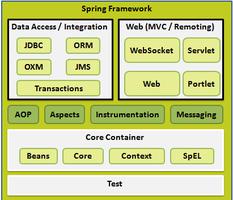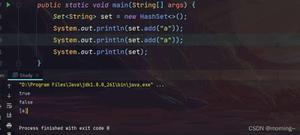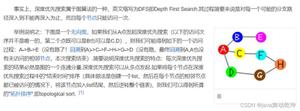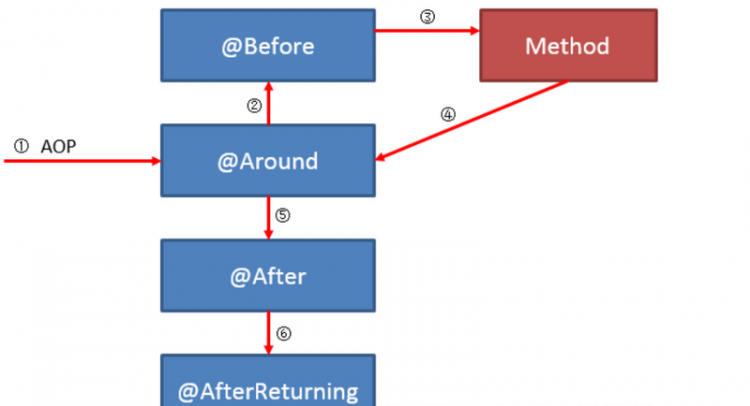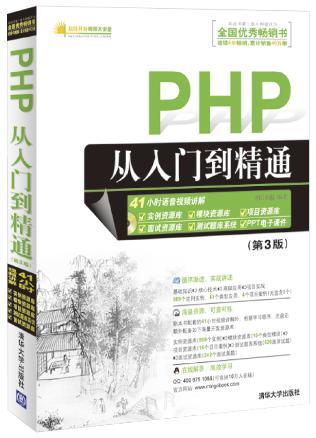【Java】(四)Spring从入门到入土——依赖注入(DI)
Dependency Injection
概念
- 依赖注入(DI)
- 依赖:指Bean对象的创建依赖于容器。Bean对象的依赖资源
- 注入:指Bean对象
注入方式
一共有三种:分别是构造器注入;Set注入;P命名和C命名注入
构造器注入
在Spring从入门到入土——快速上手Spring中Beans.xml中有详细介绍,即通过有参构造来创建
<?xml version="1.0" encoding="UTF-8"?><beans xmlns="http://www.springframework.org/schema/beans"
xmlns:xsi="http://www.w3.org/2001/XMLSchema-instance"
xsi:schemaLocation="http://www.springframework.org/schema/beans
http://www.springframework.org/schema/beans/spring-beans.xsd">
<!-- 第一种根据参数名字来设置-->
<bean id="userT" class="com.zhonghu.pojo.UserT">
<!-- name 指参数名-->
<constructor-arg name="name"value="zhonghu"/>
</bean>
<!-- 第二种根据index参数下标来设置-->
<bean id="userT" class="com.zhonghu.pojo.UserT">
<!-- index值构造方法,下标从0开始 -->
<constructor-arg index="0" value="zhonghu"/>
</bean>
<!-- 第三种 根据参数类型设置 十分不推荐-->
<bean id="useT"class="com.zhonghu.pojo.UserT">
<constructor-arg type="java.lang.String" value="zhonghu"/>
</bean>
</beans>
Set注入(无参构造器)
要求被注入的属性必须有set方法,set方法的方法名由set + 属性首字母大写 , 如果属性是boolean类型 , 没有set方法 , 是 is
测试pojo类:
Address.java
public class Address {private String Address;
public String getAddress() {
return Address;
}
public void setAddress(String address) {
Address = address;
}
@Override
public String toString() {
return "Address{" +
"Address='" + Address + '\'' +
'}';
}
}
Student.java
public class Student {private String name;
private Address address;
private String[] books;
private List<String> hobbies;
private Map<String,String> card;
private Set<String> games;
private String wife;
private Properties info;
public String getName() {
return name;
}
public void setName(String name) {
this.name = name;
}
public Address getAddress() {
return address;
}
public void setAddress(Address address) {
this.address = address;
}
public String[] getBooks() {
return books;
}
public void setBooks(String[] books) {
this.books = books;
}
public List<String> getHobbies() {
return hobbies;
}
public void setHobbies(List<String> hobbies) {
this.hobbies = hobbies;
}
public Map<String, String> getCard() {
return card;
}
public void setCard(Map<String, String> card) {
this.card = card;
}
public Set<String> getGames() {
return games;
}
public void setGames(Set<String> games) {
this.games = games;
}
public String getWife() {
return wife;
}
public void setWife(String wife) {
this.wife = wife;
}
public Properties getInfo() {
return info;
}
public void setInfo(Properties info) {
this.info = info;
}
@Override
public String toString() {
return "Student{" +
"name='" + name + '\'' +
", address=" + address.toString() +
", books=" + Arrays.toString(books) +
", hobbies=" + hobbies +
", card=" + card +
", games=" + games +
", wife='" + wife + '\'' +
", info=" + info +
'}';
}
}
Bean注入:
beans.xml
<?xml version="1.0" encoding="UTF-8"?><beans xmlns="http://www.springframework.org/schema/beans"
xmlns:xsi="http://www.w3.org/2001/XMLSchema-instance"
xsi:schemaLocation="http://www.springframework.org/schema/beans
http://www.springframework.org/schema/beans/spring-beans.xsd">
<bean id="address" class="com.zhonghu.pojo.Address">
<property name="address" value="China"/>
</bean>
<bean id="student" class="com.zhonghu.pojo.Student">
<!-- 普通值注入-->
<property name="name" value="冢狐"/>
<!-- Bean注入-->
<property name="address" ref="address"/>
<!-- 数组 -->
<property name="books">
<array>
<value>红楼梦</value>
<value>三国演义</value>
<value>水浒传</value>
<value>西游记</value>
</array>
</property>
<!-- list-->
<property name="hobbies">
<list>
<value>打游戏</value>
<value>看电影</value>
<value>码代码</value>
</list>
</property>
<!-- map-->
<property name="card">
<map>
<entry key="学号" value="123456789"/>
<entry key="性别" value="男"/>
<entry key="姓名" value="冢狐"/>
</map>
</property>
<!-- set-->
<property name="games">
<set>
<value>CSGO</value>
<value>COC</value>
</set>
</property>
<!-- Null-->
<property name="wife">
<null/>
</property>
<!-- Properties-->
<property name="info">
<props>
<prop key="url">https://blog.csdn.net/issunmingzhi</prop>
<prop key="用户名">root</prop>
<prop key="密码">123456</prop>
</props>
</property>
</bean>
</beans>
测试:
public class MyTest {public static void main(String[] args) {
ApplicationContext context = new ClassPathXmlApplicationContext("beans.xml");
Student student = (Student) context.getBean("student");
System.out.println(student.toString());
}
}
结果:
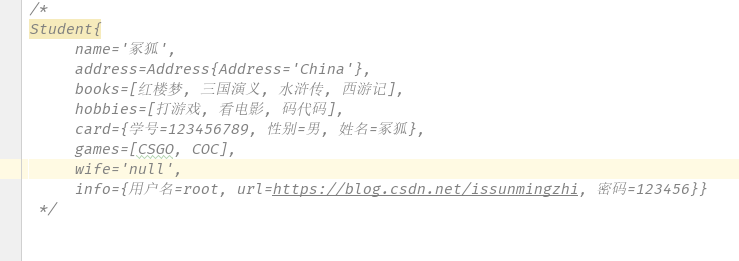
扩展方式注入(p、c命名注入)
user.java:【注意,这里没有有参构造器】
public class User {private String name;
private int age;
public String getName() {
return name;
}
public void setName(String name) {
this.name = name;
}
public int getAge() {
return age;
}
public void setAge(int age) {
this.age = age;
}
@Override
public String toString() {
return "User{" +
"name='" + name + '\'' +
", age=" + age +
'}';
}
}
p命名空间注入:
- 实体类中必须有set方法;
- 实体类中必须有无参构造器(默认存在);
- 必须导入p命名空间注入方式依赖。
导入约束 : xmlns:p="http://www.springframework.org/schema/p"<!--P(属性: properties)命名空间 , 属性依然要设置set方法-->
<bean id="user" class="com.zhonghu.pojo.User" p:name="冢狐" p:age="18"/>
c命名空间注入
就是构造器注入、需要在头文件下加入约束文件
导入约束 : xmlns:c="http://www.springframework.org/schema/c"<!--C(构造: Constructor)命名空间 , 属性依然要设置set方法-->
<bean id="user" class="com.zhonghu.pojo.User" c:name="冢狐" c:age="18"/>
C命名空间注入就是所谓的构造器注入
最后
- 如果觉得看完有收获,希望能给我点个赞,这将会是我更新的最大动力,感谢各位的支持
- 欢迎各位关注我的公众号【java冢狐】,专注于java和计算机基础知识,保证让你看完有所收获,不信你打我
- 如果看完有不同的意见或者建议,欢迎多多评论一起交流。感谢各位的支持以及厚爱。

以上是 【Java】(四)Spring从入门到入土——依赖注入(DI) 的全部内容, 来源链接: utcz.com/a/94218.html


